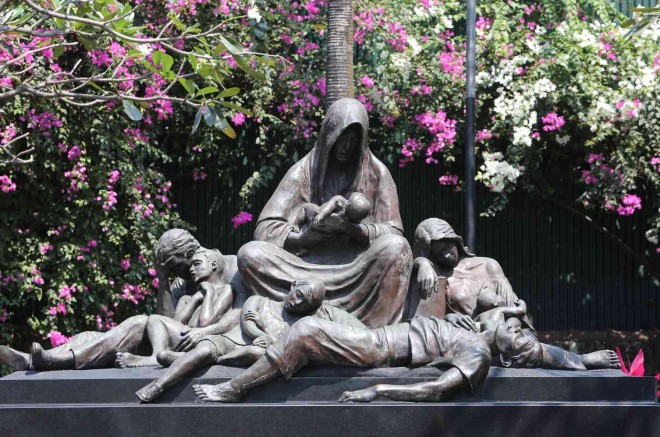American troops raced to Manila from the north, rescuing 3,000 Americans and other Allied countries’ citizens at the University of Santo Tomas Internment Camp on Feb. 3, 1945. In the battle to reclaim Manila from Japan, the ensuing 30 days of terror demonstrated the Japanese Imperial Army’s unrelenting savagery in fulfillment of a defense force order: “Be careful not to lose the opportunity to demolish and burn buildings. When Filipinos are to be killed, they must be gathered into one place and disposed of… ammunition and manpower must not be used to excess… the disposal of dead bodies is troublesome… they should be gathered into houses… scheduled to be burned or demolished… [or] thrown into the river.”
In the carnage, there was no time to count the victims—most numbers are estimates— “propelled forward only by the survival instinct,” Jesus Cabarrus Sr. wrote. Large homes, churches and buildings sheltered countless refugees running from pillar to post, hence, the wholesale slaughter. By March 3, 1945, over 100,000 Manileños had died. Ambassador Juan Jose Rocha is president of Memorare-Manila 1945 Foundation. His mother was killed in Ermita’s shelling; his relatives torched at the German Club.
The names of some of the victims will be unveiled on Saturday to supplement the Memorare monument on General Luna Street in Intramuros at 8:30 a.m. The program of remembrance will include the survivors’ families, a Japanese peace delegation and a speech by former President Fidel Ramos.
